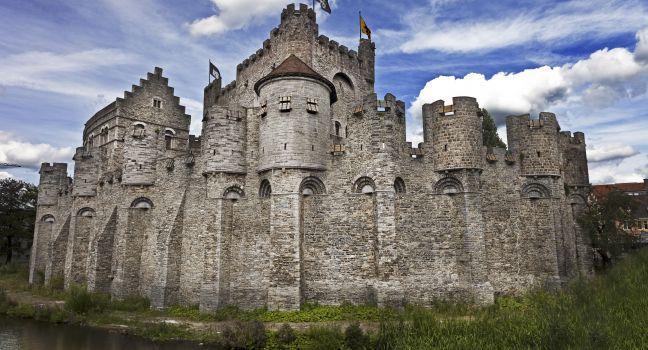Begijnhof van Kortrijk
Kortrijk's 13th-century beguinage ("begijnhof" in Dutch) was home to a religious group of women known as "beguines" who weren't bound by the Orders of nuns. Although they were cloistered away, many had to earn their stay in the community through teaching and handicrafts, and the story of the beguinage runs alongside that of the city. It was plundered by the French, along with the rest of Kortrijk, in the aftermath of the 1382 Battle of Westrozebeke, and later repurposed as a field hospital when Europe descended into acrimony at the end of the 18th century. It was even taken out of the hands of the beguines for a period, when inns and brothels moved in, much to the distaste of the Grand Mistress. By 2013, the final beguine in Belgium had died and an era ended. Only recently has the 35-year-long project to restore the cluster of whitewashed town houses and chapel that makes up the beguinage been completed, and it remains perhaps the finest example of its kind in Belgium. Visits are free; there is a new museum in the St. Anna room but this is largely in Dutch, so audio guides (€2) are well worth the small outlay.




